How did the British protect loved ones from body snatchers?
Categories: History
By Pictolic https://pictolic.com/article/how-did-the-british-protect-loved-ones-from-body-snatchers.htmlMedical students in 18th-century Britain found themselves in a quandary. Previously, they used the corpses of executed criminals to study anatomy. But after the introduction of more lenient means of punishment, they began to execute only a few dozen people a year. However, the annual demand for bodies for dismemberment by developing medicine was dozens of times higher than this number. And then there was the infamous tendency to steal bodies straight from graves. But relatives soon developed a way to protect against such body snatchers: a grave safe.
(Total 9 photos)
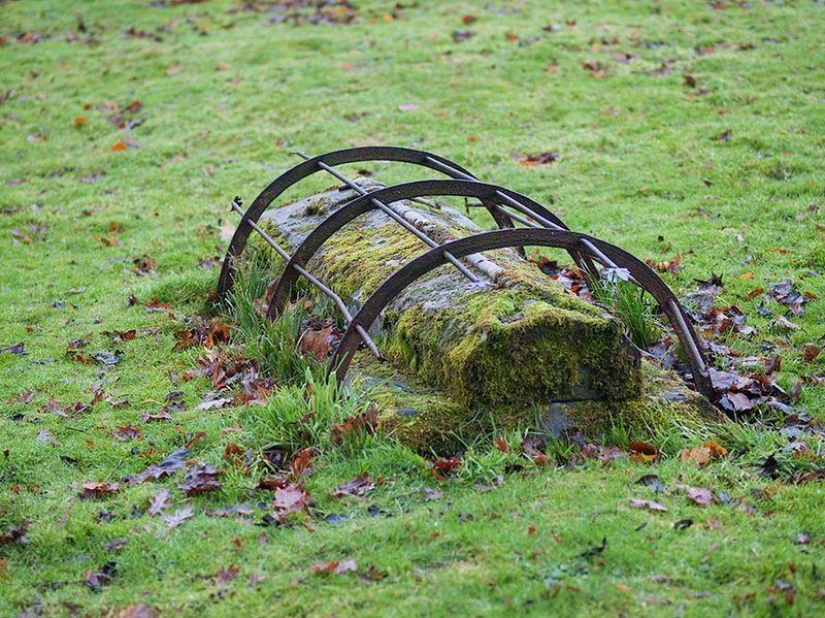
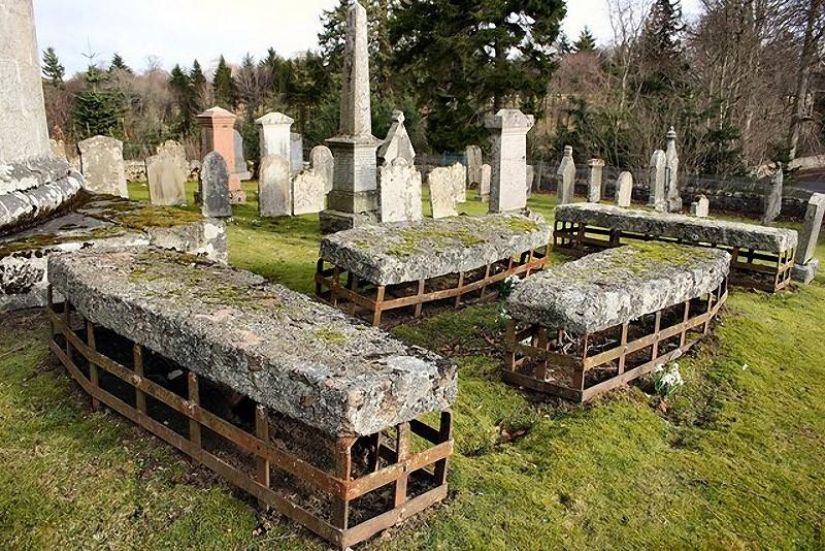
1. The first such safe was made around 1816. They appeared in a variety of variations, but they had one thing in common - the weight, because of which the exhumation of a recently deceased person was impossible.

2. Safes were varied and intricate: complex iron bars and slabs that went into the ground. Above the ground, they were given even more weight with the help of stone or iron.
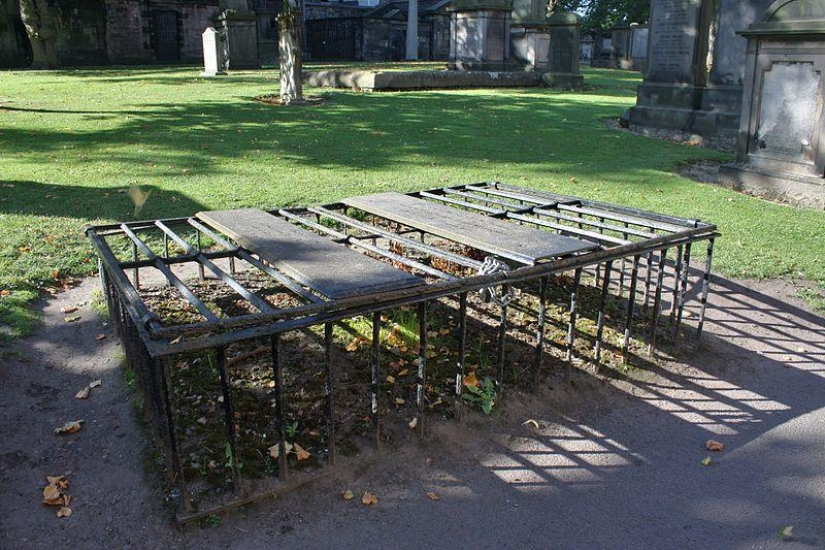
3. So what was downstairs? When the grave was dug, and a coffin was placed in it, a slab was placed on it. This slab had holes on the sides through which iron gratings were threaded.
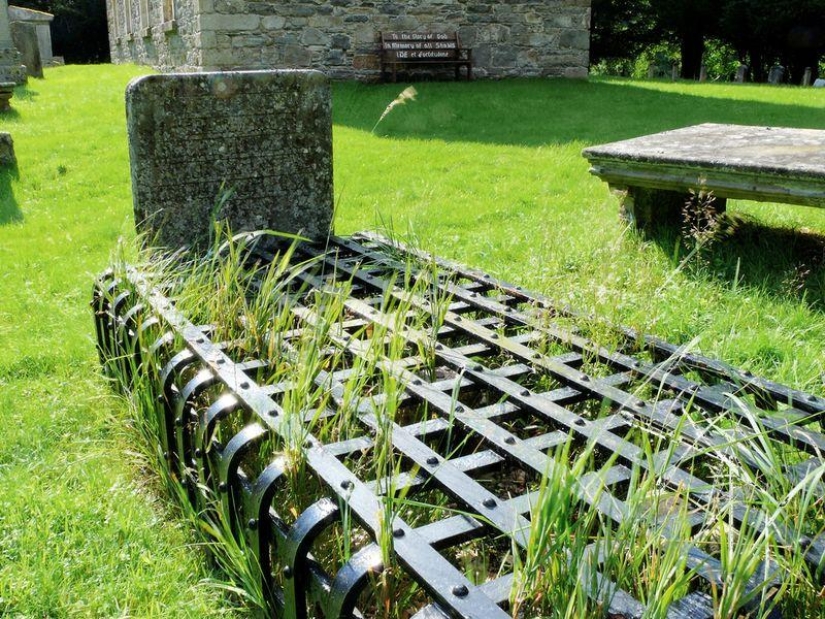
4. Then another slab (stone or iron) was placed on top. The coffin was in a safe cage, its contents were completely safe, and the dead could sleep peacefully.
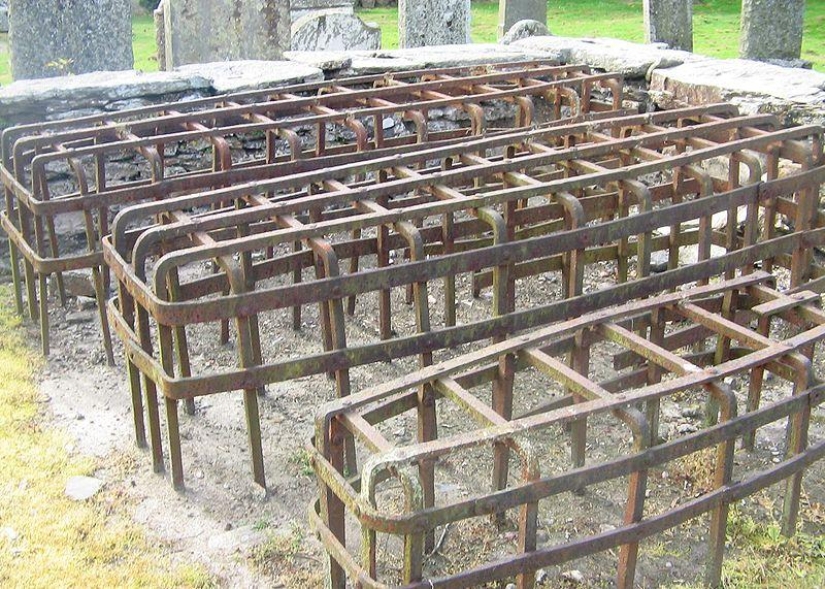
5. The reason for creating such a design was quite obvious. The body snatchers were very skilled and willing to do anything to remove the corpse from the grave. Of course, they did not do this in the open and usually dug up the coffins under the cover of night. In addition, many cemeteries had observation towers. One of the popular methods of theft was digging a hole 6 meters from the grave.

6. Then a tunnel was dug from this hole to the coffin, and the body was taken out horizontally. No one noticed that the grave had been disturbed, because from the outside everything was in order. Many empty coffins were found much later and show this form of invasion.
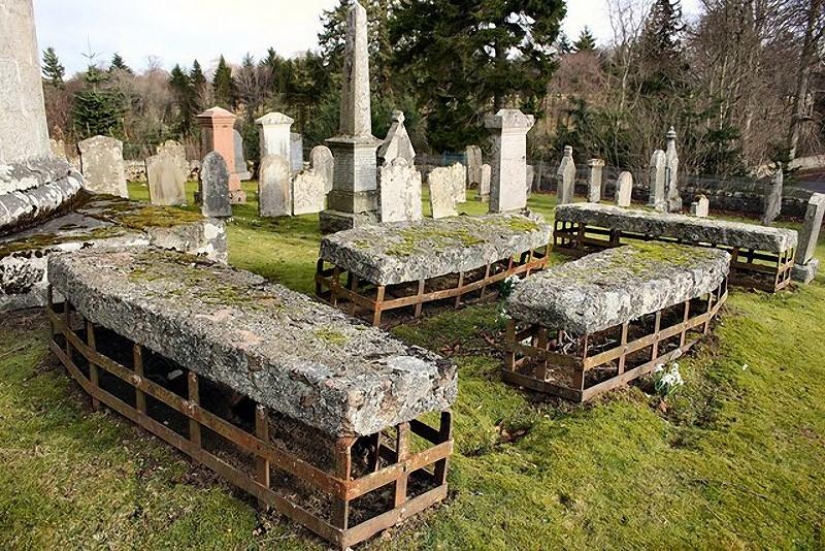
7. Not many grave safes have come down to us, and the reason for this is that there should not have been so many of them. They could be reused. Two people had the keys needed to open the safe and remove it, so it couldn't be done without notifying each other. After 5-6 weeks, the body in the coffin decomposes so much that it is no longer of value to the anatomist. Then the safe can be moved and installed over the next fresh grave - if, of course, the relatives of the deceased were willing to pay.
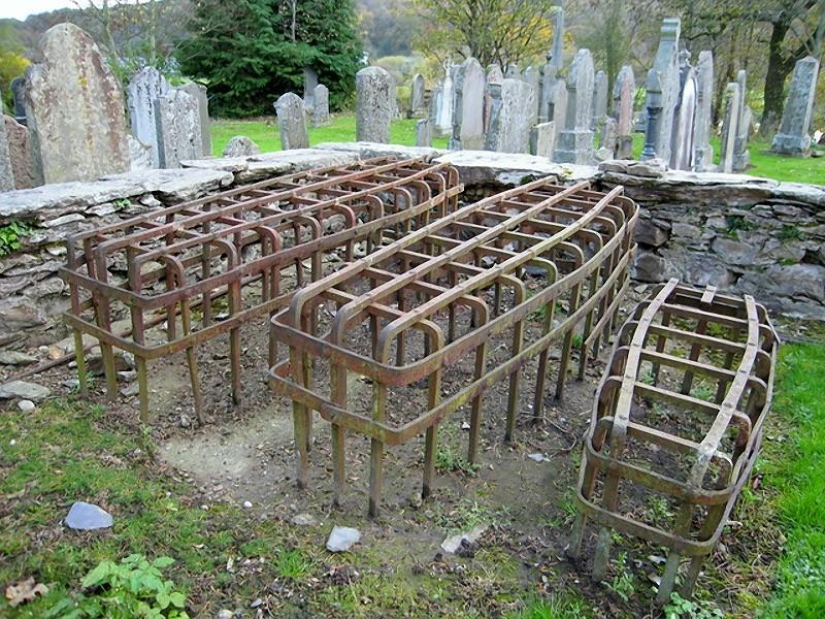
8. And they were ready. Churches bought up grave safes and then sold them to mourners. To avoid rising prices for these safes, entire communities have been organized to buy them up. Every member of this community could use the safe for a minimal fee. Non-community members could also use the safes, but for a fee, of course. If the Victorians knew anything, it was how to capitalize on every opportunity.

9. But the era of grave safes has come and gone in a couple of decades. In 1832, the Anatomical Act was adopted. All corpses, for which relatives did not come, as well as everyone who wished, could give their bodies for anatomical research. This effectively ended the trade in corpses. Most of the safes have been recycled or found other uses (pictured above). The dead could finally sleep in peace. Some of the safes, however, remained in place, a curious remnant of the golden age of British body-snatching.
Keywords: 19th century | Britain | Cemetery | Grave
Post News ArticleRecent articles

It is impossible to imagine the New Year without citrus fruits, especially tangerines. And on other days it is difficult to refuse ...

There are special fans of second-hand stores who love to rummage through piles of things in search of “something special.” ...
Related articles

In the Victorian era Britain was quickly urbanized. By 1851 it became the first country lived in cities of more people than in the ...

Spent an entire year of British photographer Simon Roberts (Simon Roberts), exploring the vast Russian expanses. It was almost 14 ...

What did the petty criminals of the XIX century look like? We offer you a look at the faces of English prisoners held in a penal ...

"Wash your hands before eating!" — a phrase familiar to us since childhood. The parents explained that with the help of this ...